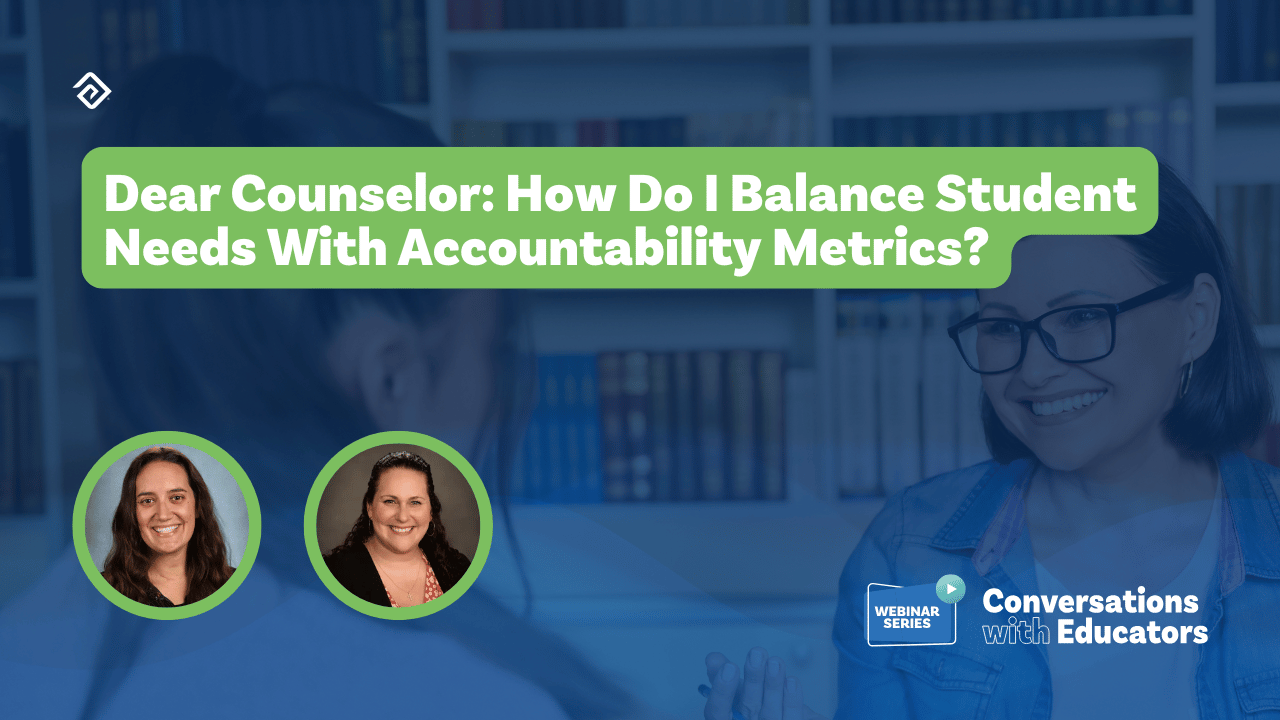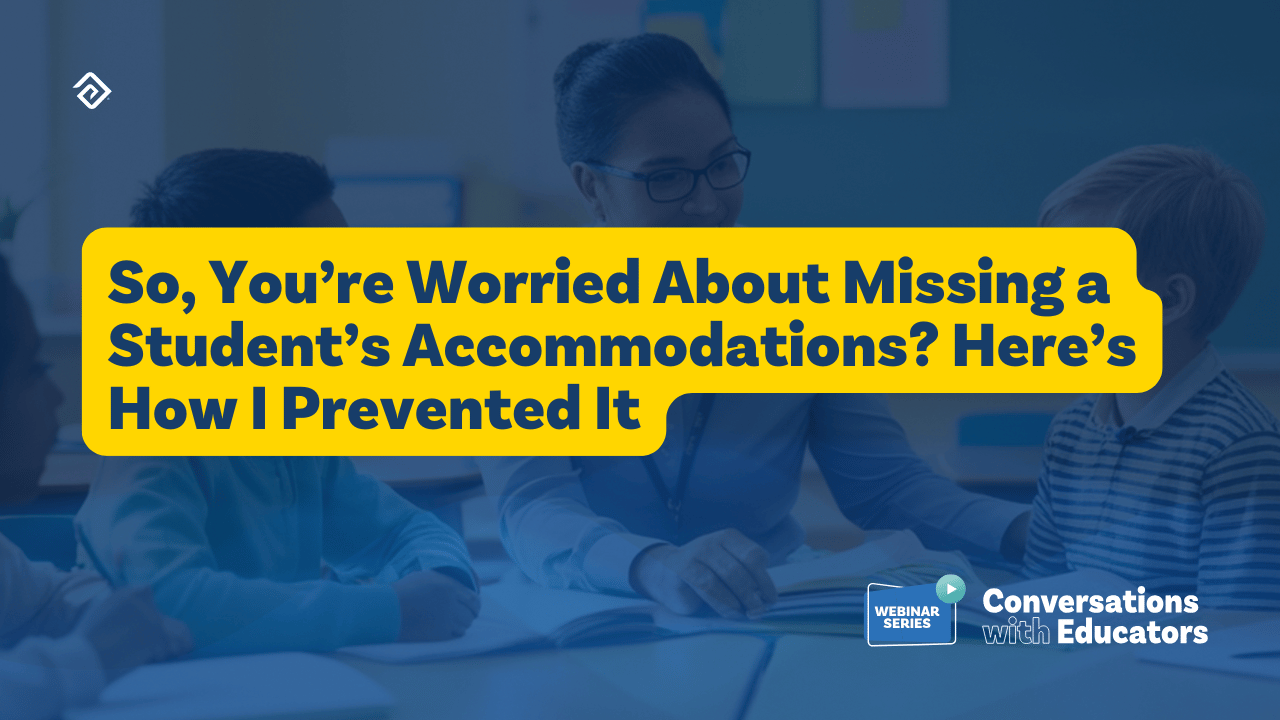How To Create A Lesson Plan: 6 Easy, Effective Steps
A lesson plan is a blueprint of your lesson that includes learning goals and the educational elements students need to master the learning outcomes. Lesson planning increases thoughtful and intentional teaching and ensures that students get the most out of each lesson or subject.
Significance of Creating Lesson Plans
Lesson plans are vital to address concepts properly and facilitate the efficient flow of learning. This way, students can become a co-creator of knowledge and understanding. A lesson plan provides structure and helps the teacher create a more conducive environment for teaching and learning. Having a daily agenda that details what the students are to expect is also important to framing the students’ learning experience.
When discussing a lesson plan, it's important to remember that it doesn't need to be a script or a lengthy outline. Instead, even just a few bullet points will help the teacher effectively navigate the session and ensure a positive learning experience.
5 Step Method for Creating a Lesson Plan
Now that you understand the importance of establishing a lesson plan, let's look at what you have to include to make it more effective:
Step 1: Establish the Learning Outcomes
Setting the learning outcomes for a lesson plan is critical for ensuring that students learn consistently across classes or courses. The curriculum (state standards) is the basis for every lesson. Learning outcomes define what the students need to achieve by the end of the lesson. Teaching with the end result in mind increases the likelihood that the expected learning outcomes and activities are aligned.
These outcomes should include clear goals so teachers can align the learning and assessment activities tightly to the objectives.
Step 2: Include Any Relevant Resource Materials for the Lesson
Integrating relevant and interesting learning tools into the classroom helps improve learning and participation. These might include things such as presentations, handouts, online videos, pages from a book, etc.
Step 3: Cite Lesson Plan Procedures
Make sure to provide a level of detail in the descriptions of your lessons that will support efficient instruction and learning. Include all the specific information needed to facilitate a more effective flow of discussion.
In addition to the topic and lesson objectives, identify all the relevant resource materials for the lesson including the delivery method, student grouping, activities, etc.
Step 4: Create Instructional Activities or Independent Practice
Include independent practice or activities that you'd like your students to participate in. Consider different projects on a lesson to assess students on their academic abilities and areas for growth. Instructional practices should address various modalities of learning throughout the lesson.
Step 5: Reflect and Plan Lesson Closure
Once you’ve completed your plan, take a few moments to assess yourself and consider what you can do to improve the lesson plan's effectiveness. Any further thoughts or notes on the future stages should be included here. During closure formative assessment of students’ learning needs to occur. Lesson closing notes are a great way to reinforce what students have learned as students and teachers will both benefit.

Things to Consider When Making a Lesson Plan
Before creating a lesson plan, it’s essential to know the best practices that you can apply for effective implementation. Here are a few points of note:
- Prepare and Get to Know Your Students
Before creating a lesson plan, it is critical to understand your students thoroughly. Students do not care what you know until they know that you care. Developing an appropriate professional rapport with your students is vital to their success. Then you should investigate what instructional style best benefits them by identifying their ability, attention span, degree of subject knowledge, the intensity of the lesson, and how they would manage it. Planning a lesson for a specific topic can be complicated and a little overwhelming at first. The good thing is once you’ve created a lesson plan for one topic, you no longer need to start from scratch.
- Ensure Mastery of the Topic
Lesson planning may be simple, but you cannot teach something you don’t fully understand. Before creating a lesson plan, double-check your mastery of the concepts, definitions, applications, and search for new updated information on the topic.
- Curate Your Tools and Resources
Teachers should consider using new tools such as instructional games, quizzes, and many more formats that can be found online. Simple online research can help teachers find resources that match their lessons to benefit both you and your students.
- Prepare a Backup Plan
Things may not always go as planned so it's always a good idea to have a backup plan. Accidents happen, unexpected events occur, unscheduled guests show up for lectures—or a slew of other circumstances might throw your plans off. So, it's always a good idea to think ahead—and always have a Plan B.
Benefits of Creating Lesson Plans
Lesson plans help hone a teacher's skills and fine-tune their responsibilities. The following are a few additional benefits for generating an effective lesson plan.
- It Aids in Organizing Online Classes
One of the most critical advantages of lesson plans is that they help you stay organized. This outline creates a macro picture of the course rather than just the individual portions. Teachers can contemplate more about the length of time needed for delivering each subject, as well as the sequence in which each theme will be presented because they will know exactly what to teach even before they can formally begin a discussion.
- It Gives You Access to Resources and Tools
Teachers can utilize a lesson plan to determine which tools and resources are appropriate for their content and when to use them. In addition, teachers can use various educational technologies to increase the quality of their online classes.
You may experience challenges or perhaps forget to utilize other tools if you solely focus on one or two resources. It's much easier to plan which materials you’ll need—a lesson plan presents the perfect opportunity to do it.
- It Allows for Potential Adjustments
Teachers may discover that particular topics need revisiting, materials need updating, or a lesson requires special attention while developing the lesson plan. Creating a lesson plan provides a foundation for reflection and adjustments for future instruction. Teachers’ reflection and revision of content delivery allows for lesson plans to become artifacts that describe students' progress.
In a Nutshell
Lesson planning enables teachers to design a guided approach to the teaching process and consider various factors such as students' learning styles, prior knowledge, types of intelligence, and hobbies. As a result, lesson plans are essential for assisting students in achieving their short- and long-term learning goals. An effective lesson plan ensures that as a teacher, you are creating not just an efficient teaching environment but a conducive learning environment as well.


More Great Content
We know you'll love



